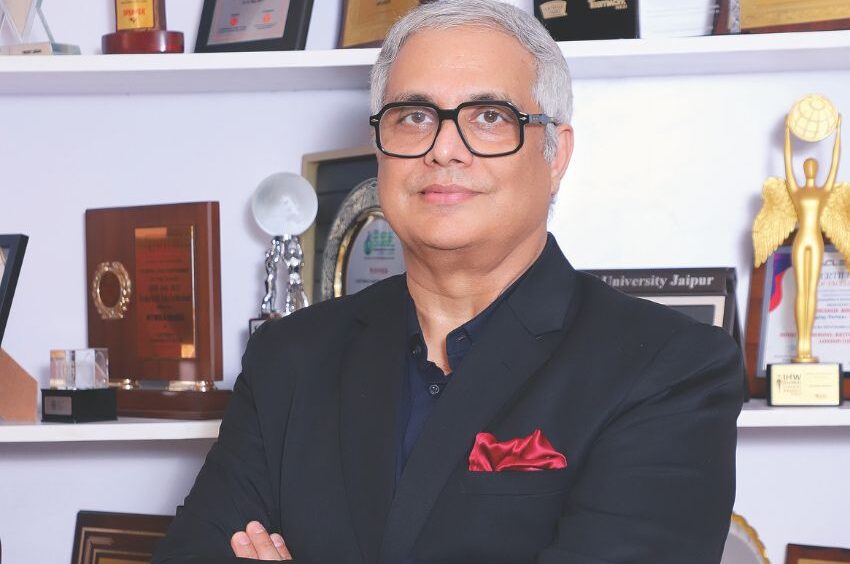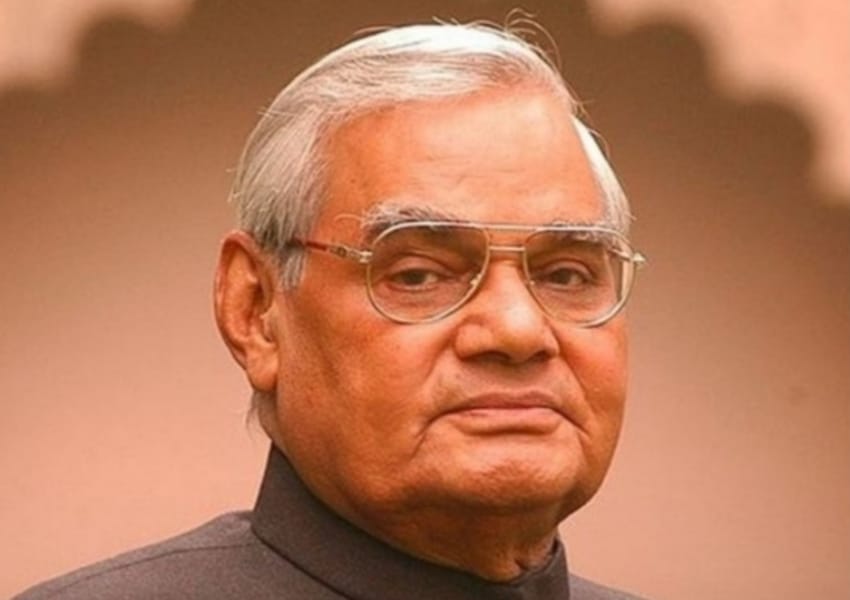Sustainable Success: India’s ESG Leadership & Green Initiatives

The challenge is aligning the Indian industry with global ESG standards, mainly because many European and American jurisdictions are implementing stricter regulations by 2025 says Sudhir Mishra
Byline: Ashima Ohri
In a conversation with BW Businessworld, Sudhir Mishra, Founder and Managing Partner of Trust Legal, sheds light on India’s multifaceted sustainability landscape. With extensive experience in environmental law, Mishra shares thoughts on the nation’s journey towards achieving environmental, social and governance (ESG) goals and its global responsibilities
Could you elaborate on what constitutes ESG and how it should be approached beyond environmental considerations?
ESG stands for environmental, social and governance factors. However, people tend to focus excessively on the environmental aspect and overlook the ‘S’ and ‘G’. The social element in India has tremendous potential. For instance, our laws on child labour and women’s rights have substantially improved. Policies like the PoSH Act 2013 (the Sexual Harassment of Women at Workplace – Prevention, Prohibition and Redressal) have triggered greater empowerment and gender neutrality. Similarly, India’s legal mandates on women’s representation in corporate boards are more progressive than many neighbouring countries. The focus should be on telling these success stories, which are not widely known.
In the social domain, India has also succeeded in implementing strong child labour laws and has a very aggressive attitude towards preventing child labour. This is something that India needs to highlight more, especially in comparison to neighbouring countries. The same applies to women-related policies, where new laws provide women with more workplace flexibility, such as maternity and menstrual leave, in select states. Bihar offers two days of menstrual leave per month for state government employees, while Kerala provides menstrual leave to female students in all state universities. Recently, Odisha joined these states by introducing a one-day menstrual leave policy for women in both the public and private sectors, allowing leave on the first or second day of their menstrual cycle. Some private companies have also adopted similar policies.
What are some significant challenges India faces in implementing ESG compliance across industries?
The critical challenge is aligning the Indian industry with global ESG standards, mainly because many European and American jurisdictions are implementing stricter regulations by 2025. Take, for example, the apparel industry. If a British company sources material from India, it wants assurance that the entire supply chain is ESG-compliant. This involves looking at water usage, energy consumption and labour practices. Indian small and medium enterprises have an opportunity to position themselves as leaders in sustainable supply chains, but they need to adopt robust practices quickly.
What measures are in place to ensure genuine sustainability practices in India’s corporate sector as greenwashing becomes a global concern affecting investments?
Greenwashing is a global concern, but India has proactively addressed this. The Securities and Exchange Board of India (Sebi) has expanded the scope of companies required to disclose their green objectives—from 300 companies to 1,000 in recent years. This is a significant step in ensuring transparency and accountability. Moreover, many international funds are now tying their investments to green performance indicators, making it a practical area for Indian companies to focus on. Our challenge has been the lack of our own accreditation and reporting systems, but that is changing.
What specific measures has India taken to promote renewable energy and electric mobility?
India has made remarkable progress in renewable energy. We have already met several of the targets set for 2030, particularly in solar and wind energy. Additionally, programs like the FAME (Faster Adoption and Manufacturing of Hybrid and Electric Vehicles) scheme have incentivised the adoption of electric vehicles. Additionally, the government’s strong push for electric mobility and production-linked incentives (PLI) for battery manufacturing aims to transform the electric vehicles (EV) landscape in India.
The improvement in Delhi’s air quality is a clear indicator of this. Despite challenges like road dust and crop residue burning, adopting EVs has helped make the air a little more breathable as of early October. People have not just shifted to electric cars out of environmental concerns but because it’s also easy on their pockets. For instance, individuals who previously spent thousands on fossil fuel costs now benefit from the cheaper operational costs of electric two-wheelers. This has led to a ‘net gain’ for Delhi’s air.
However, challenges remain, especially in expanding these shifts to the ecommerce sector. The Delhi government, for instance, needs to compel all ecommerce companies to use electric vehicles for deliveries. Such changes can have a ripple effect across industries.
What are some of India’s unique successes in sustainability that could serve as global models?
One success story is from Tiruppur, Tamil Nadu, which has transformed into a zero-discharge facility. No polluted water is released into the environment. Tiruppur has set a benchmark for how sustainable practices can be integrated into industries without compromising output or profitability. If other apparel industries adopt similar measures, India’s reputation as a global leader in sustainable manufacturing will be boosted. Communicating these success stories to the world is crucial.
Another one of our biggest success stories is the conservation of tigers. When Project Tiger was launched in 1973, India had only 1,827 tigers left. Today, we have the largest tiger population in the world, housing over 70 per cent of the world’s wild tiger population with a minimum estimate of 3,167 tigers. Tigers are more than just animals—they are indicators of a healthy ecosystem. Their conservation has safeguarded our forests, protected our soil, and contributed to maintaining our water cycle. Along with our efforts in renewable energy and the Ujjwala scheme, this project has significantly reduced indoor pollution by providing clean cooking fuel to over 100 million households and improved health in rural areas. It showcases our potential to be a global leader in sustainable development.
Could you share some notable legal judgments that have shaped India’s approach to balancing development and environmental sustainability?
Historically, the courts were seen as anti-development, often halting projects in favour of environmental concerns. However, since 2009, there has been a shift towards a more balanced approach. For example, the Supreme Court’s recent judgment in the Great Indian Bustard case is noteworthy. While protecting an endangered species, the Court also allowed the development of solar transmission lines, recognising the need for renewable energy to meet our net-zero commitments. This blend of conservation and development is the way
What is your vision for India’s role in global sustainability, particularly through CII’s subcommittee on climate change and ESG?
At CII, my goal is to bring together general counsels, managing partners, and industry leaders to showcase corporate successes in sustainability. Several untold stories of companies have transformed their operations to be more environmentally and socially responsible. Whether it is energy-efficient factories or innovative social policies like planting saplings for every girl child born, these stories need to be catalogued and promoted. One great example is from a village, Piplantri in Rajasthan, where every time a girl child is born, the entire village plants 111 trees in her honour. This not only symbolises respect for the girl child but also contributes to environmental conservation. By promoting such narratives, we can inspire more companies to adopt sustainable practices and position India as a trendsetter in ESG










































































































































































































































































































































































































































































































































































































































































































































































































































































































































































































































































































































































